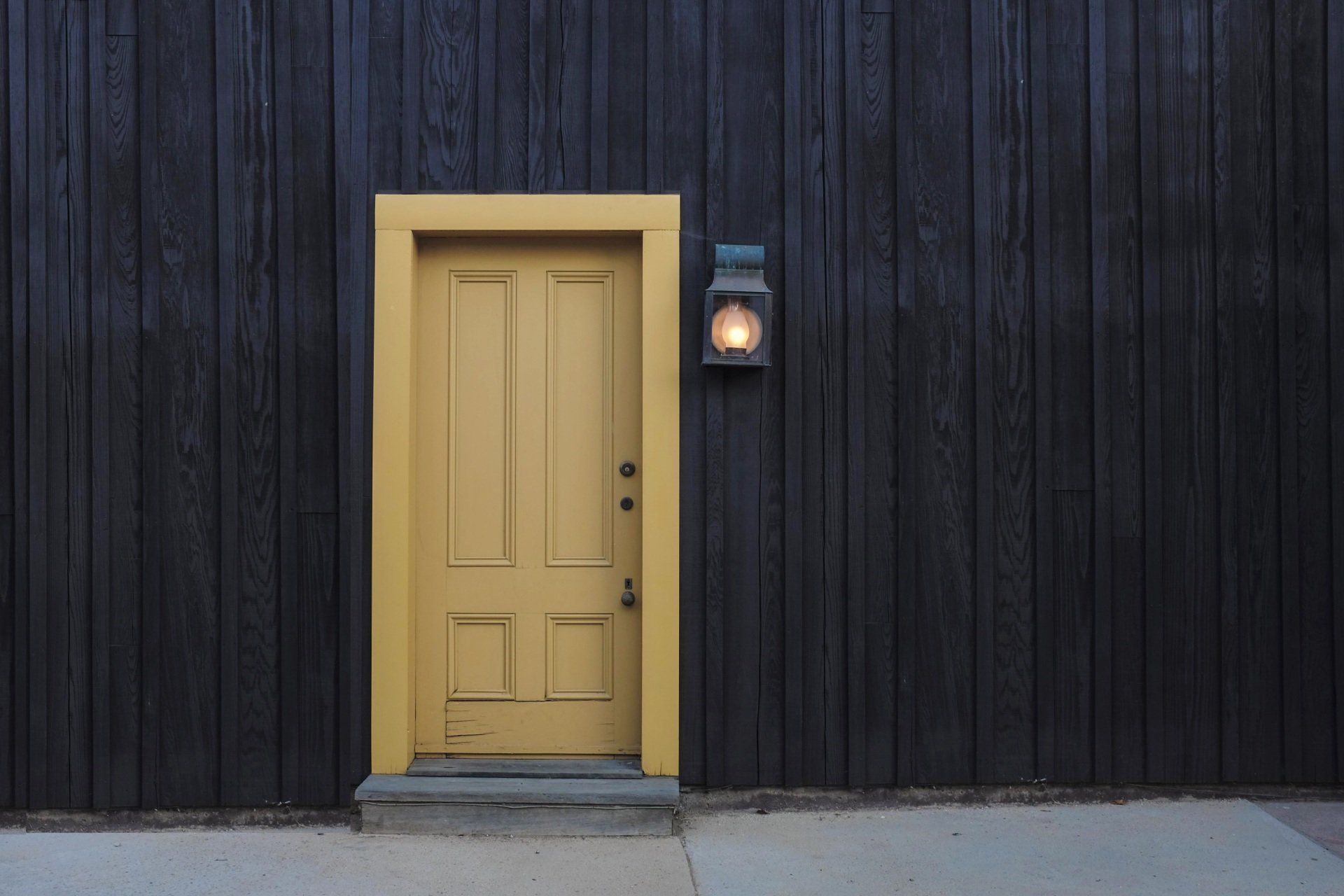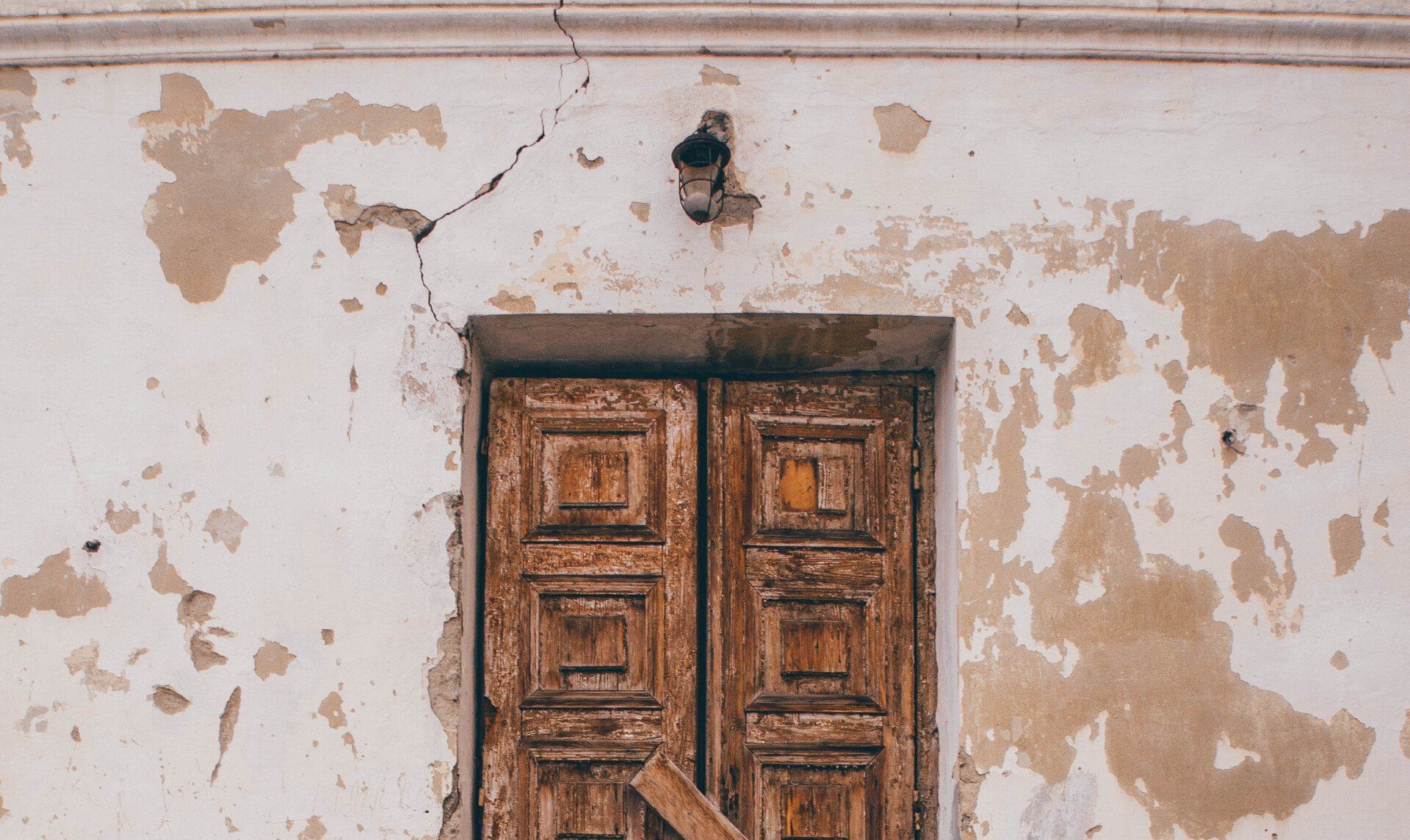Why You Should Never Use Interior Paint Outside
When it comes to painting your home, choosing the right type of paint for each surface is crucial. While interior paint is designed to enhance indoor spaces, using it outside can lead to a host of problems and headaches. In this blog post, we'll explore why you should never use interior paint outside and the potential consequences of doing so.
Understanding the Differences Between Interior and Exterior Paint
Interior and exterior paints are formulated differently to meet the unique challenges and requirements of their respective environments. Let's delve deeper into the specific reasons why these paints are different:
Resin Composition:
- Interior Paint: Interior paints typically contain acrylic or vinyl resins, which provide durability and washability suited for indoor environments. These resins are designed to withstand occasional cleaning and exposure to household chemicals.
- Exterior Paint: Exterior paints use resins such as alkyd, acrylic, or latex, which offer superior weather resistance and durability. These resins are specially formulated to withstand UV exposure, moisture, and temperature fluctuations.
Pigment Quality:
- Interior Paint: Interior paints often contain lower-quality pigments, as they do not need to withstand harsh outdoor conditions. These pigments may be more susceptible to fading and degradation when exposed to sunlight.
- Exterior Paint: Exterior paints use higher-quality pigments that are fade-resistant and UV-stable, ensuring long-lasting colour retention and vibrancy even in direct sunlight.
Additives and Fillers:
- Interior Paint: Interior paints may contain additives and fillers that improve flow, leveling, and coverage, making them easier to apply and providing a smooth finish. These additives are chosen for their compatibility with indoor environments and minimal exposure to the elements.
- Exterior Paint: Exterior paints use additives and fillers that enhance weather resistance, adhesion, and flexibility. These additives help the paint withstand expansion and contraction due to temperature changes, as well as resist cracking, peeling, and blistering caused by moisture.
Mildewcides and Fungicides:
- Interior Paint: Interior paints may not always contain additives to inhibit mold and mildew growth, as indoor environments are typically drier and less prone to moisture buildup.
- Exterior Paint: Exterior paints often include mildewcides and fungicides to prevent mold, mildew, and algae growth in humid and damp outdoor environments. These additives help protect the paint film from unsightly stains and deterioration.
Volatile Organic Compounds (VOCs):
- Interior Paint: Interior paints may have higher levels of VOCs, as indoor air quality regulations are less stringent than outdoor emissions standards. However, low-VOC and zero-VOC options are increasingly available for indoor use.
- Exterior Paint: Exterior paints are subject to stricter VOC regulations due to their potential impact on outdoor air quality. Manufacturers must formulate exterior paints to meet these regulations while still providing high performance and durability.
Understanding these fundamental differences between interior and exterior paints is essential for choosing the right paint for your specific project and ensuring long-lasting results. By selecting the appropriate paint for each surface and environment, you can achieve a professional finish that withstands the test of time and enhances the beauty and value of your home.

Potential Problems of Using Interior Paint Outside
Using interior paint outside can lead to a myriad of issues that compromise the appearance and structural integrity of your home. Understanding these potential problems is essential for homeowners to avoid costly mistakes and ensure a successful paint job. Let's explore in more detail the types of problems that are likely to occur and the most common mistakes people make when using interior paint outside:
Damage from UV Exposure and Sunlight:
- Interior paint is not formulated to withstand prolonged exposure to UV radiation from the sun. Over time, UV exposure can cause interior paint to fade, discolour, and deteriorate, leading to a dull and weathered appearance.
- Common Mistake: Underestimating the impact of sunlight on interior paint and assuming that all paint is suitable for outdoor use.
Vulnerability to Moisture and Humidity:
- Interior paint is not designed to withstand moisture and humidity levels typically found outdoors. Exposure to rain, snow, and moisture can cause interior paint to blister, peel, and crack, leading to water damage and structural issues.
- Common Mistake: Using interior paint on exterior surfaces such as siding, trim, or fences without considering their exposure to moisture and weather.
Lack of Durability and Weather Resistance:
- Interior paint lacks the durability and weather resistance needed to withstand the harsh outdoor elements, including temperature fluctuations, wind, and airborne pollutants. As a result, interior paint is prone to premature wear and deterioration when used outside.
- Common Mistake: Assuming that all paint is created equal and failing to consider the specific requirements of outdoor surfaces when choosing paint.
Peeling, Cracking, and Deterioration Over Time:
- Interior paint is more likely to peel, crack, and deteriorate when used outside due to its inability to withstand environmental stressors. Peeling paint not only detracts from the appearance of your home but also exposes underlying surfaces to further damage.
- Common Mistake: Neglecting proper surface preparation and application techniques when using interior paint outside, leading to poor adhesion and paint failure.
Aesthetic Issues and Decreased Curb Appeal:
- Using interior paint outside can result in an uneven and unattractive finish that detracts from your home's curb appeal. Aesthetic issues such as fading, discolouration, and paint failure can significantly impact the overall appearance and value of your property.
- Common Mistake: Prioritizing cost savings over quality and longevity when choosing paint, resulting in unsatisfactory results and the need for frequent repainting.
By understanding the potential problems associated with using interior paint outside and avoiding common mistakes, homeowners can ensure a successful and long-lasting paint job that enhances the beauty and value of their home. It's essential to choose paint specifically formulated for exterior use and to follow proper surface preparation and application techniques to achieve professional results that stand the test of time.

Avoiding Interior Paint Mistakes for Exterior Surfaces
Choosing the right exterior paint is essential for achieving a durable and beautiful finish that enhances the curb appeal and longevity of your home. In our previous blog post, "Everything You Need To Know About Exterior Home Painting," we provided detailed insights into the factors to consider when selecting exterior paint. Here, we'll recap some practical tips;
- Consider Climate and Environmental Factors: Choose paint formulated for your specific climate and exposure conditions.
- Surface Type and Preparation: Properly prepare surfaces with cleaning, sanding, and priming before painting.
- Colour Selection and Aesthetic Considerations: Select colours that complement your home's style and surroundings.
- Quality and Durability: Invest in high-quality paint brands known for their durability and performance outdoors.
- Application and Maintenance: Follow proper application techniques and perform regular maintenance to preserve your paint job.
At this point, it’s clear that interior paint should never be used on the exterior in any capacity. By considering factors such as climate, surface type, colour selection, quality, and maintenance, you can achieve a durable and visually appealing paint job that stands the test of time. If you're ready to tackle your next exterior painting project, contact Premium Painters of Kelowna for expert advice and assistance. Our experienced team will guide you through the paint selection process and ensure a professional and long-lasting finish that exceeds your expectations.
You might also like



Quick & Reliable
We are available phone or email, so reach out today!
Location
Call
By RenovateROI - Digital Marketing For Remodeling Contractors

